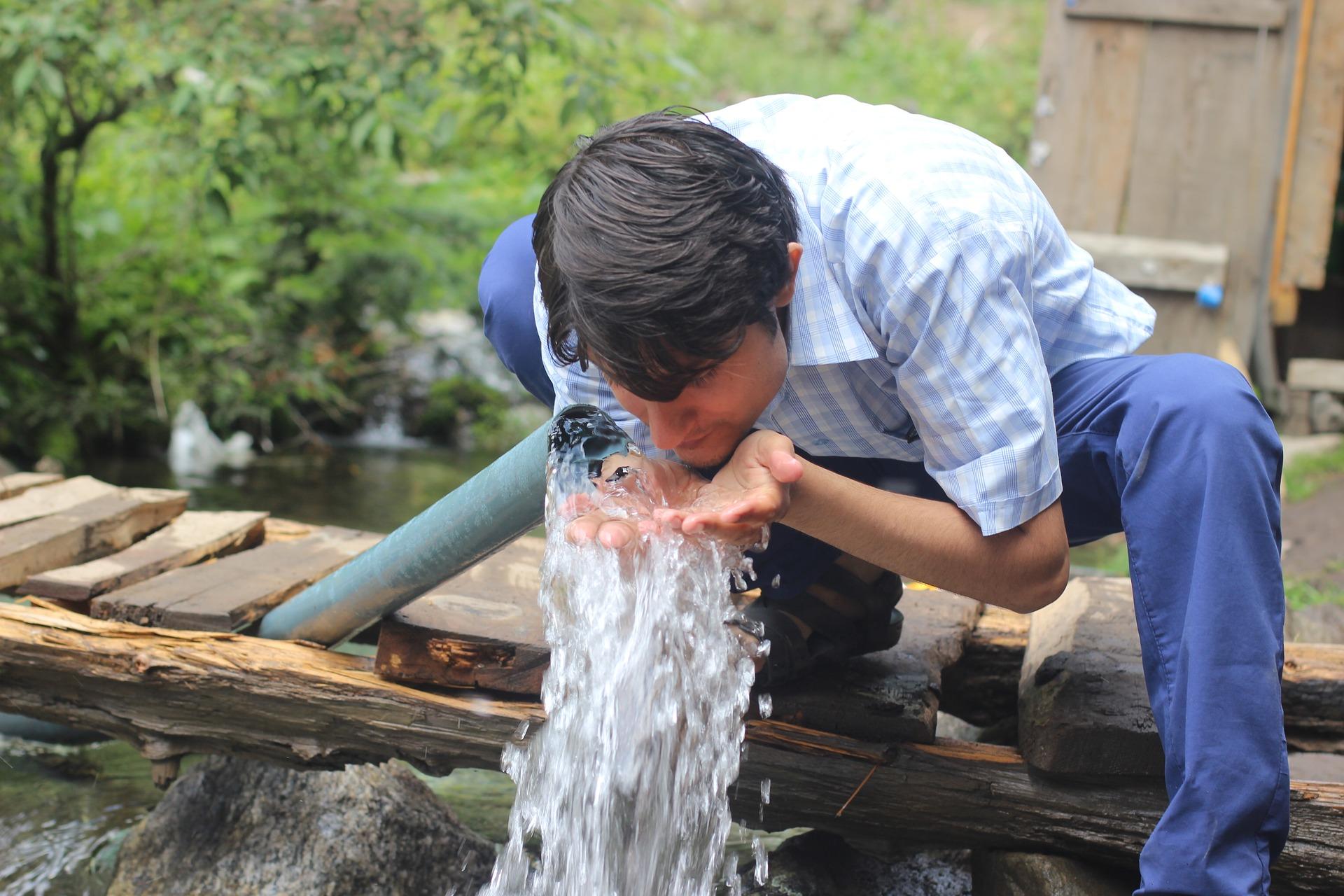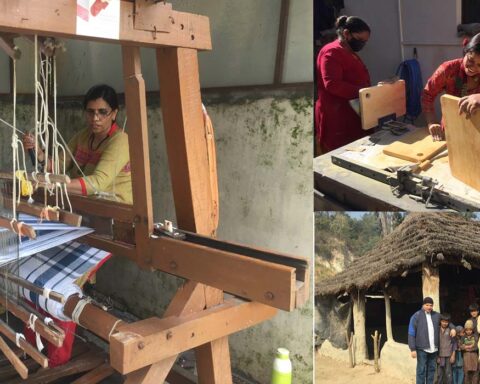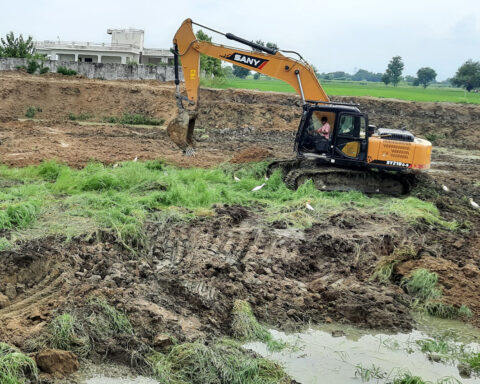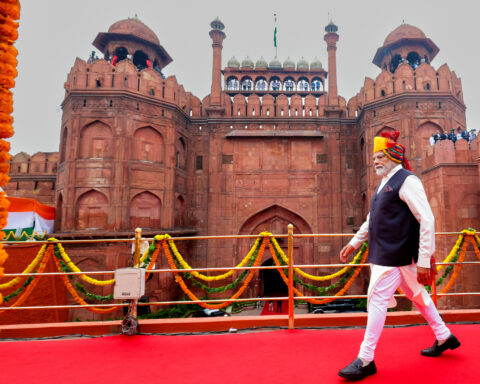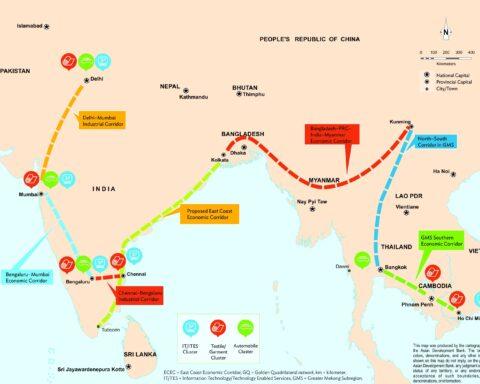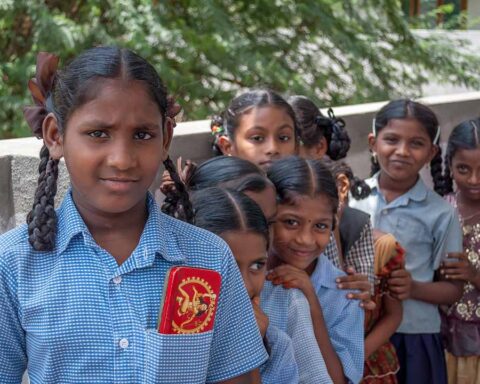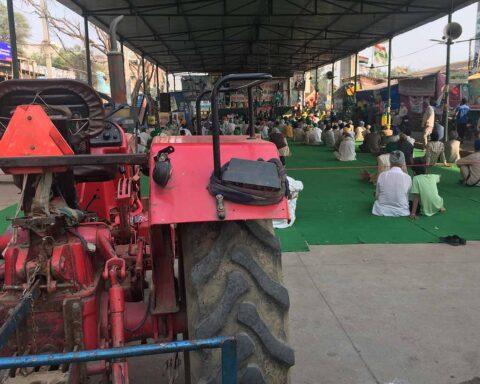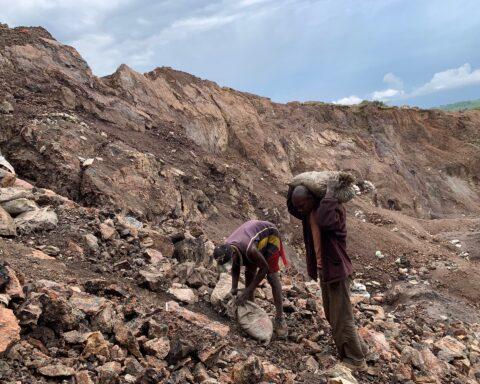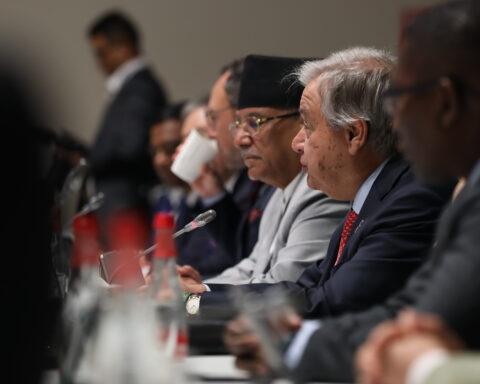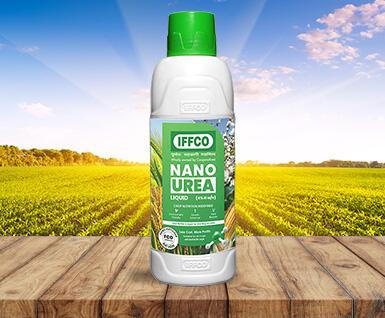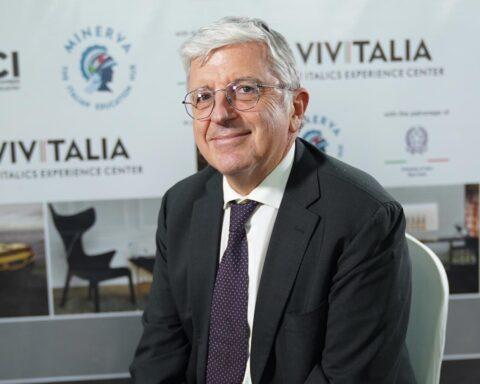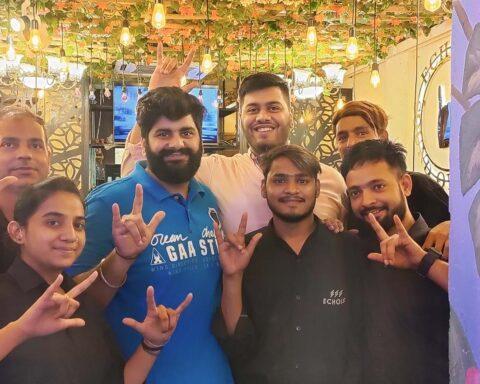This World Water Day 2022, Tatsat Chronicle picks five out-of-the-box ideas from start-ups world over to overcome water shortage, contamination and wastage. These solutions are in response to grave, local challenges and use modern technologies and eco-friendly materials. These solutions are important for every modern society to follow, as effective water management can only help us achieve several sustainable development goals (SDGs 3, 6, 7, 11, 14, 15, 17).
Saaf Water: Drinking water is a scarce resource, and this freshwater scarcity continues to grow and post a challenge to growing populations across the globe, often leading to conflicts, illnesses and other economic impact. With 16 percent of population and only 4 percent of freshwater resources on the planet, India relies heavily on groundwater for its water needs, from homes to farms. Often, this water is contaminated and leads to severe, incurable ailments. A solution developed by IIT Madras students, Saaf Water™ is an AI-IoT platform designed to regularly monitor the groundwater and effectively communicate this information to all stakeholders. The platform has both hardware and software (the dashboard) connected via a backend on IBM Cloud. The hardware is a cellular-enabled, low-powered, plug and play unit that checks various water parameters and sends the information to the IBM Watson IoT Platform. The data is later analysed by a machine learning model and saved in IBM Cloudant NoSQL Database. This is followed by delivery of water quality indicators and purification methods needed to the dashboard. The innovators suggest that the platform takes a few minutes to estimate the possibility of contamination.
AquaKraft: On March 15, Bengaluru got India’s first digital water bank. Called Aqverium, the bank is an initiative to aggregate water resources under a single platform. Open to all, this blockchain-based water bank synonymises ‘water’ with ‘currency’. At this digital bank, users can create an account and report the amount of surplus water they own as savings. The surplus water is converted into a token and sent on the blockchain. Like the stock market, the value of the token increases and decreases depending on the demand and supply of water. The idea behind the digital innovation is to account each drop of water and offer people a fiduciary and digital framework to generate a ‘water balance sheet’.
Caro Water: This venture serves two purposes in the long-term goal: tackle plastic waste and deliver clean water. The Hyderabad-based startup delivers drinking water in paper boxes. Its water boxes use corrugated paper and follows ‘bag in box’ system. Each box has a spout surrounded by a corrugated carton box. The tamper-proof boxes come with a built-in tap just like a water dispenser. The boxes are recyclable and use 85 percent less plastic as compared to usual water cans, says the company. Caro Water also has a policy for customers to return these boxes for responsible recycling. When returned, these boxes help consumers earn credit points for future deals through its app. The boxes are completely free of BPA (bisphenol A), an industrial chemical used to make certain plastics and resins.
SOURCE Global: The Arizona, US, based company has introduced SOURCE® Hydropanels – a sustainable water technology that uses solar power to extract clean, reliable drinking water from air. The hydropanels are already in operation in Saudi Arabia, Western Australia and Warm Springs Reservation, Oregon, US. The collected water is mineralised for ideal composition and taste. First, solar energy powers the panel completely off-grid. Second, fans draw in ambient air and push it through a water-absorbing material that traps water vapour suspended in air. Third, the water vapour is extracted, condensed and collected in the reservoir. Fourth, minerals are added to make this water perfect for drinking.
Watergen: An Israeli company, Watergen has developed a portable atmospheric water generator (AWG). Called Mobile Box, the technology allows those who travel or live in a vehicle, like campers and off-grid travellers, to produce their own fresh water. People on the move plug the Mobile Box into a 12-volt or 220-volt outlets seen in vehicles. The unit sucks air in through a fan and runs it through a filter and a heat exchanger. The heat exchanger through condensation extracts water from the air. This water then passes through a filtration system that has a UV light, ensuring that all bacteria are killed before water being stored in a reservoir. The system can produce around 20 litres of water daily, says the company. Another company with a portable AWG is Exaersis Water Innovations, with solution, AquaTap.

